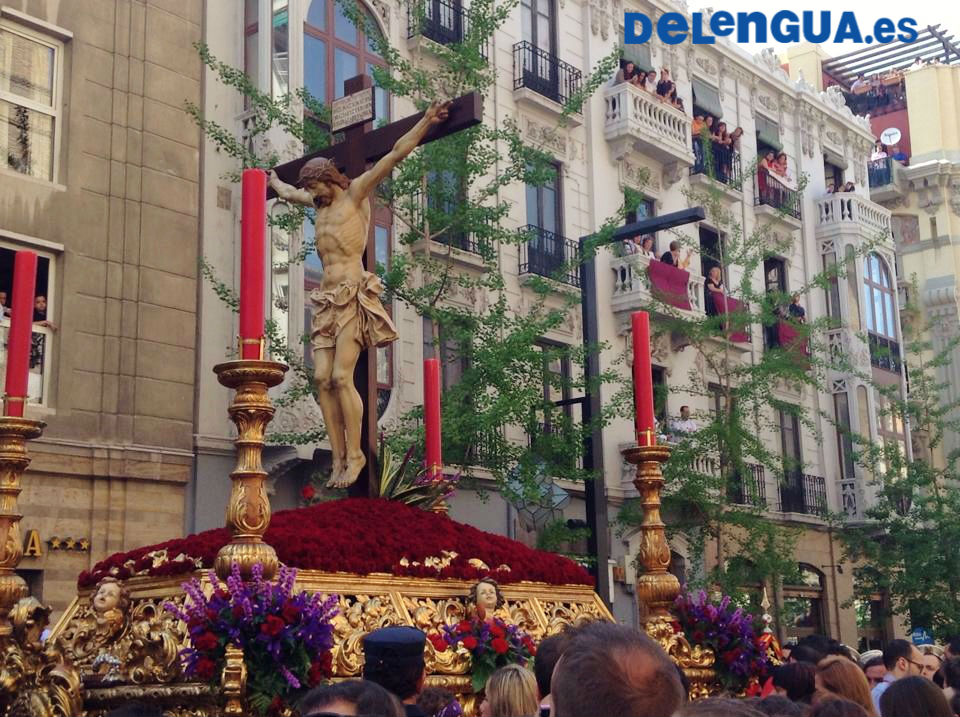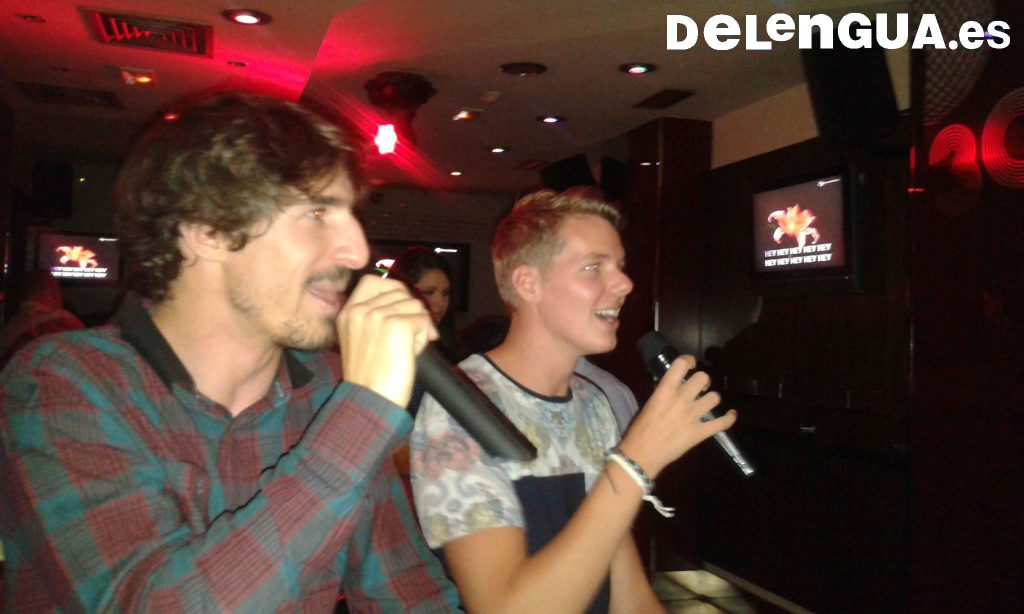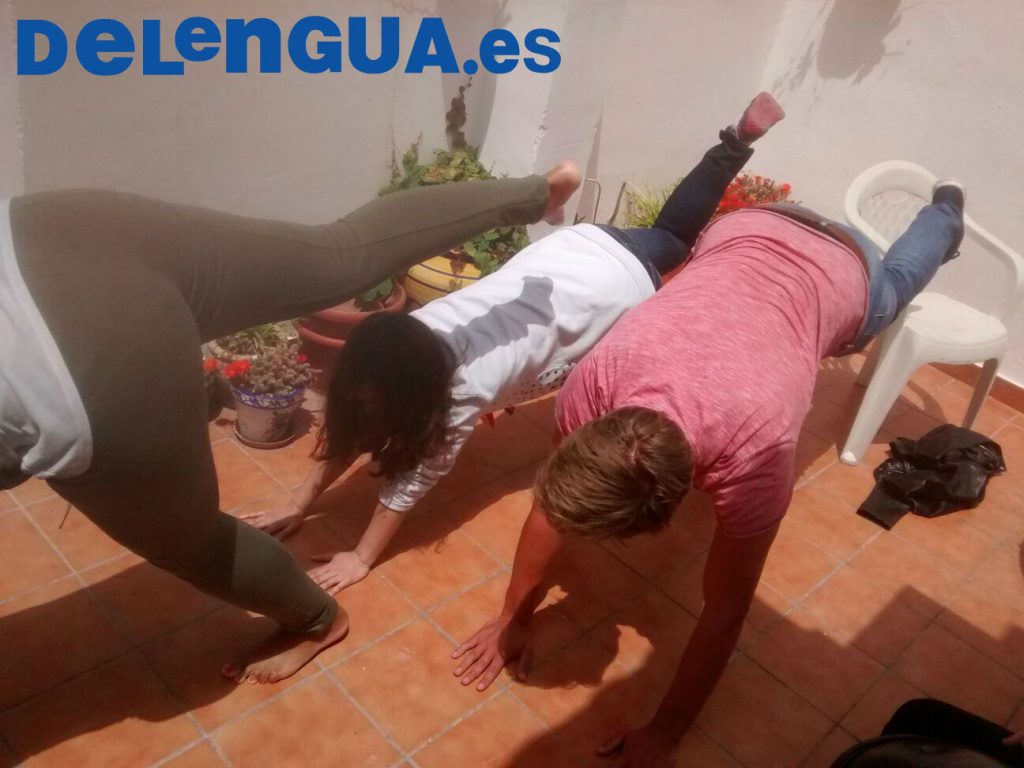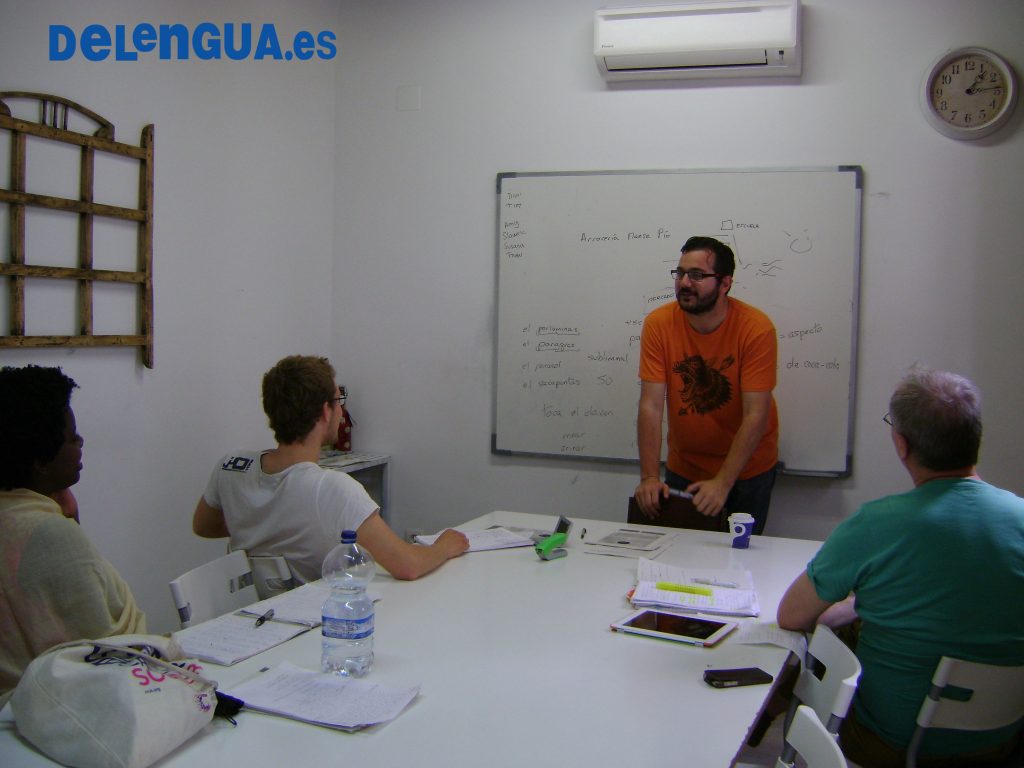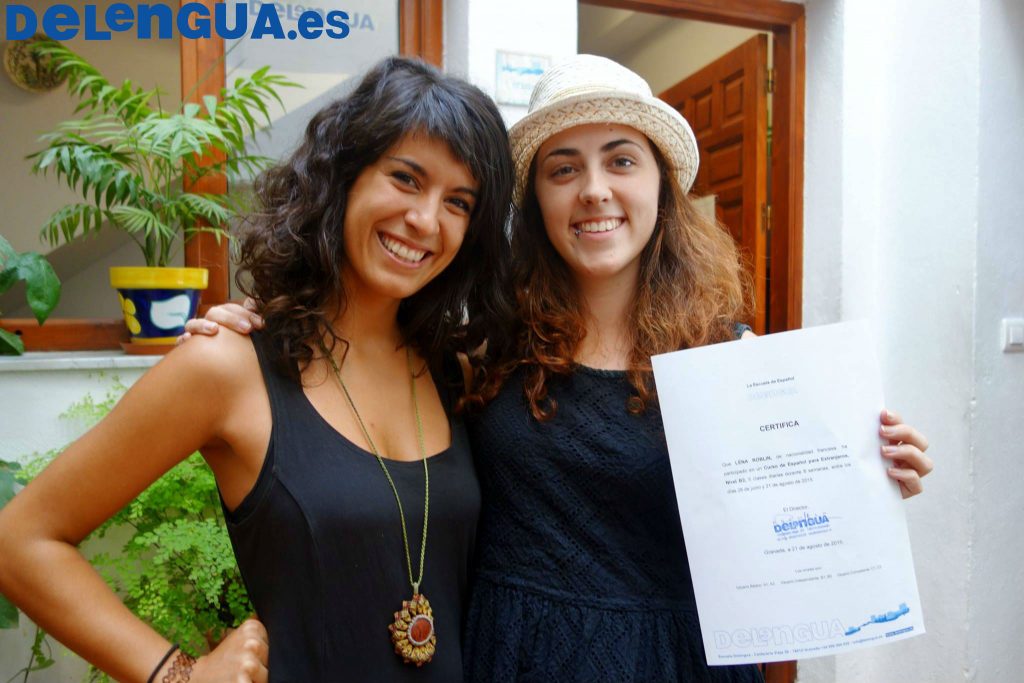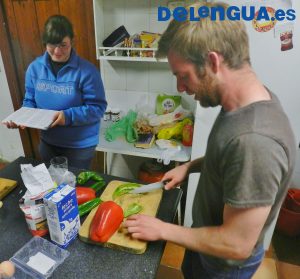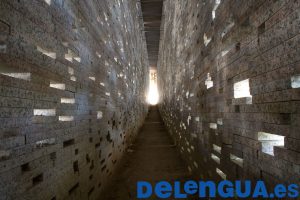
| Español | English | |
|---|---|---|
| La masacre de Granada ocurrió el 30 de diciembre de 1066. Este día, una masa musulmana atacó el palacio real de Granada, crucificó al visir judío, Joseph ibn Nagrela, y masacró a más de 1500 familias judías, lo que representa un total de 4000 personas. Según los historiadores, esta masacre “se explica por la reacción de la población musulmana contra un visir poderoso y ostentatorio”.
Un poema de Abu Ishaq, escrito en 1066, evoca este hecho. Él dice que no hay que considerar este crimen como una violación de la ley, si no lo hubieran hecho, eso sería una violación de la religión. Habla de un pacto que los judíos no respetaron, entonces los musulmanes no pueden ser culpables. Aunque estas palabras sean muy violentas, los historiadores afirman que diatribas como la de Abu Ishaq y tales masacres son raras en la historia islámica. La presencia de los judíos todavía se ve en Andalucía. En Granada por ejemplo se puede visitar el antiguo barrio judío, el Realejo, que cuenta con muchas habitaciones con jardines, conocidos como cármenes. Está situado cerca de la Alhambra, al otro lado del Albaicín. |
|
The Granada massacre occurred on December 30th, 1066. That day, a Muslim crowd attacked the Royal Palace of Granada, crucified the Jewish vizier, Joseph Ibn Nagrela and massacred more than 1500 Jewish families, a total of 4000 people. According to the historians, the explanation of the massacre lies in “the Muslim community’s reaction against a powerful and ostentatious vizier”.
An Abu Ishaq’s poem, written in 1066, mentions this event. He claims that it is not possible to consider this crime as a violation of the law, and if they wouldn’t have done it, it would have been a religious violation. He mentions a pact that the Jewish didn’t respect, so the Muslims can’t be responsible for what happened. Although these words are very violent, the historians say that the diatribes such as Abu Ishaq’s and other massacres are quite unusual in the Islamic history. The Jewish community could recover over time, but in 1090, the Almoravidas attacked it again. This date marks the end of the golden age for the Jewish culture en Spain. We still can see the Jewish presence in Andalusia. For instance in Granada we can visit the old Jewish area, El Realejo. It counts a lot of white houses with luxurious gardens, called “carmenes”. It is situated near the Alhambra, on the other side of Albaicin. The Jewish people of Granada were really well integrated in this city, so much that Granada was known in the Al-Andalus kingdom as “ Granada of the Jewish”. |





